11 GPTs for Visual Puzzle Powered by AI for Free of 2025
AI GPTs for Visual Puzzle refer to a specialized application of Generative Pre-trained Transformers focused on solving and creating visual puzzles. These AI tools leverage deep learning techniques to understand, generate, and interact with visual puzzles, ranging from simple pattern recognition tasks to complex problem-solving scenarios. By integrating GPTs' natural language processing capabilities with image recognition and generation, these tools offer tailored solutions that enhance engagement, learning, and creativity in the domain of visual puzzles.
Top 10 GPTs for Visual Puzzle are: 脳トレ:漢字1文字間違い探し!Find the difference in kanji,Bakery Ai “Found Him” Game,Black Stories Game,Mystery in the Image,I Spy With My Little Eye,I Spy With My Little Eye,Spot The Difference,DestiNation,Find Santa,iSpy Generator Game
脳トレ:漢字1文字間違い探し!Find the difference in kanji
Spot the Difference, Boost Kanji Skills
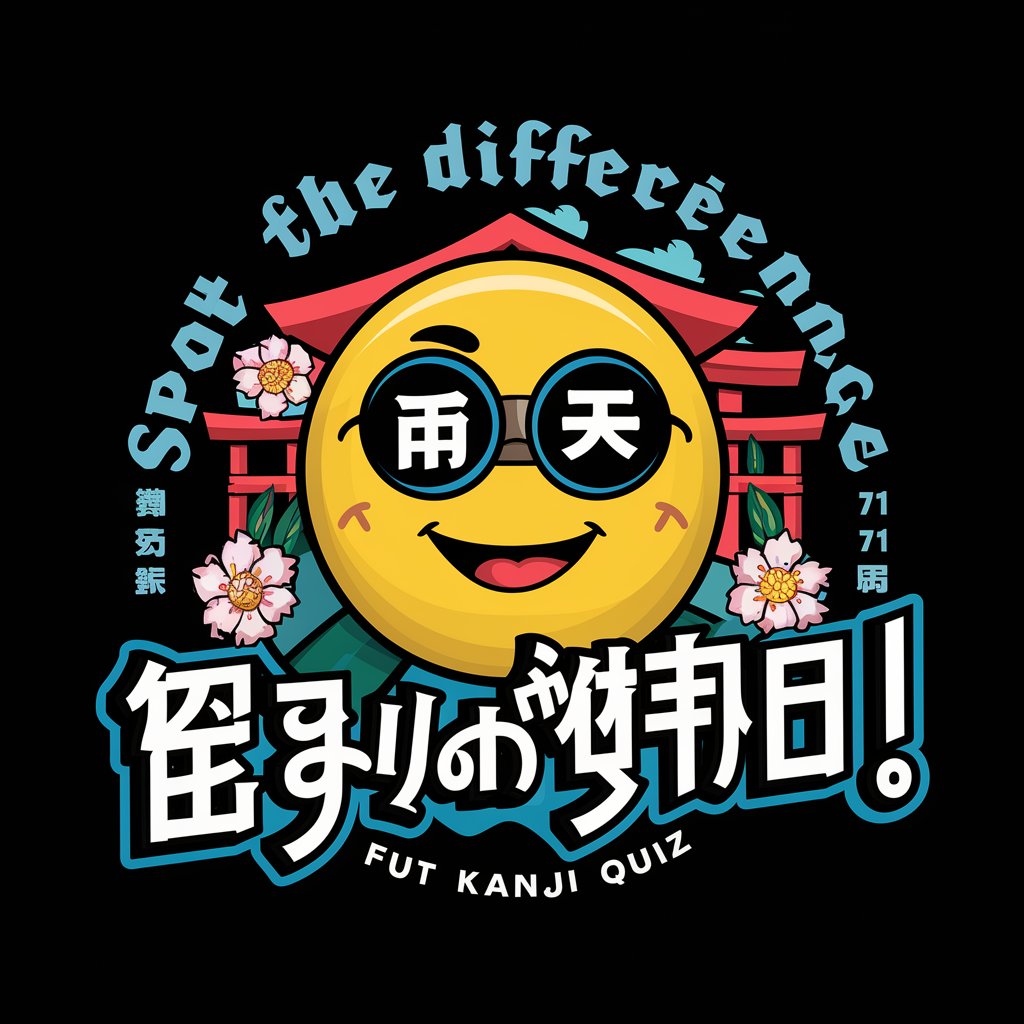
Bakery Ai “Found Him” Game
Find hidden surprises in a bakery-themed puzzle!

Black Stories Game
Solve mysteries with AI-powered clues.
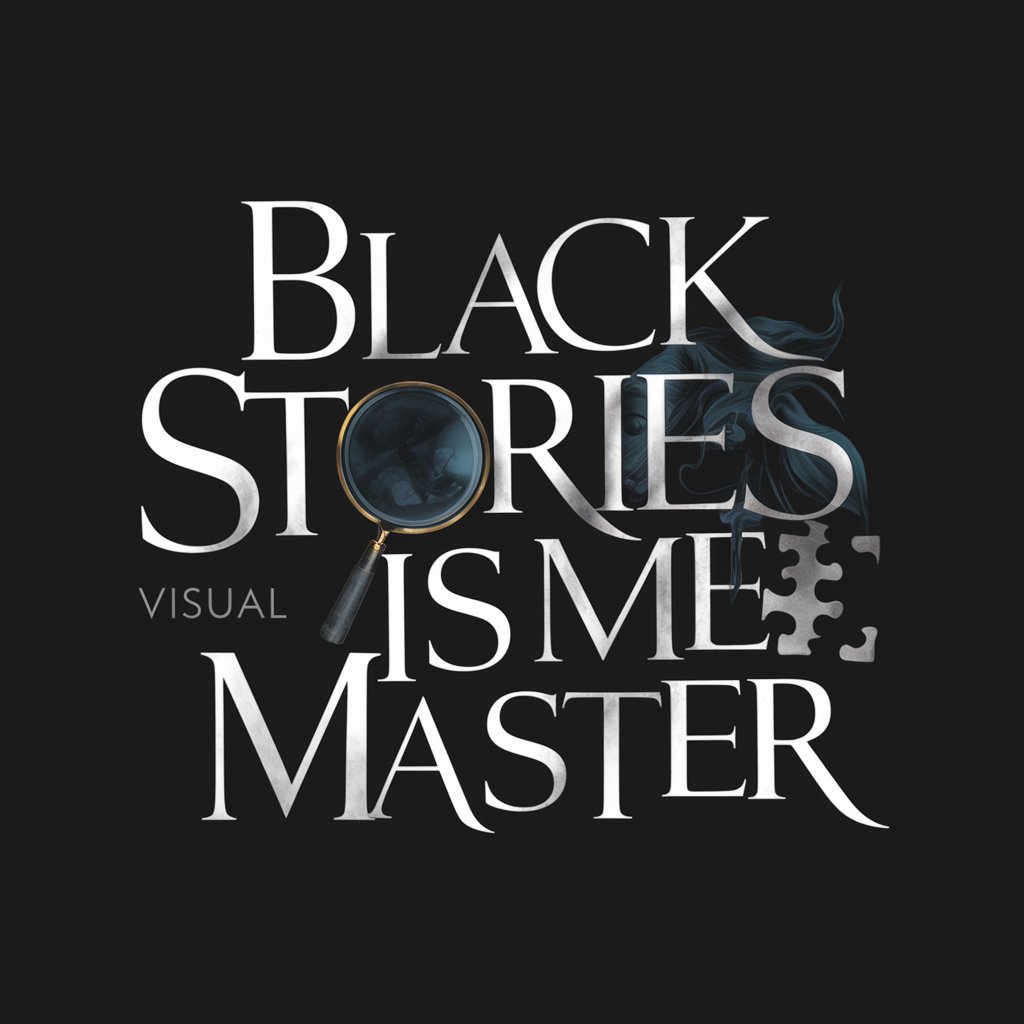
Mystery in the Image
Uncover secrets hidden in imagery
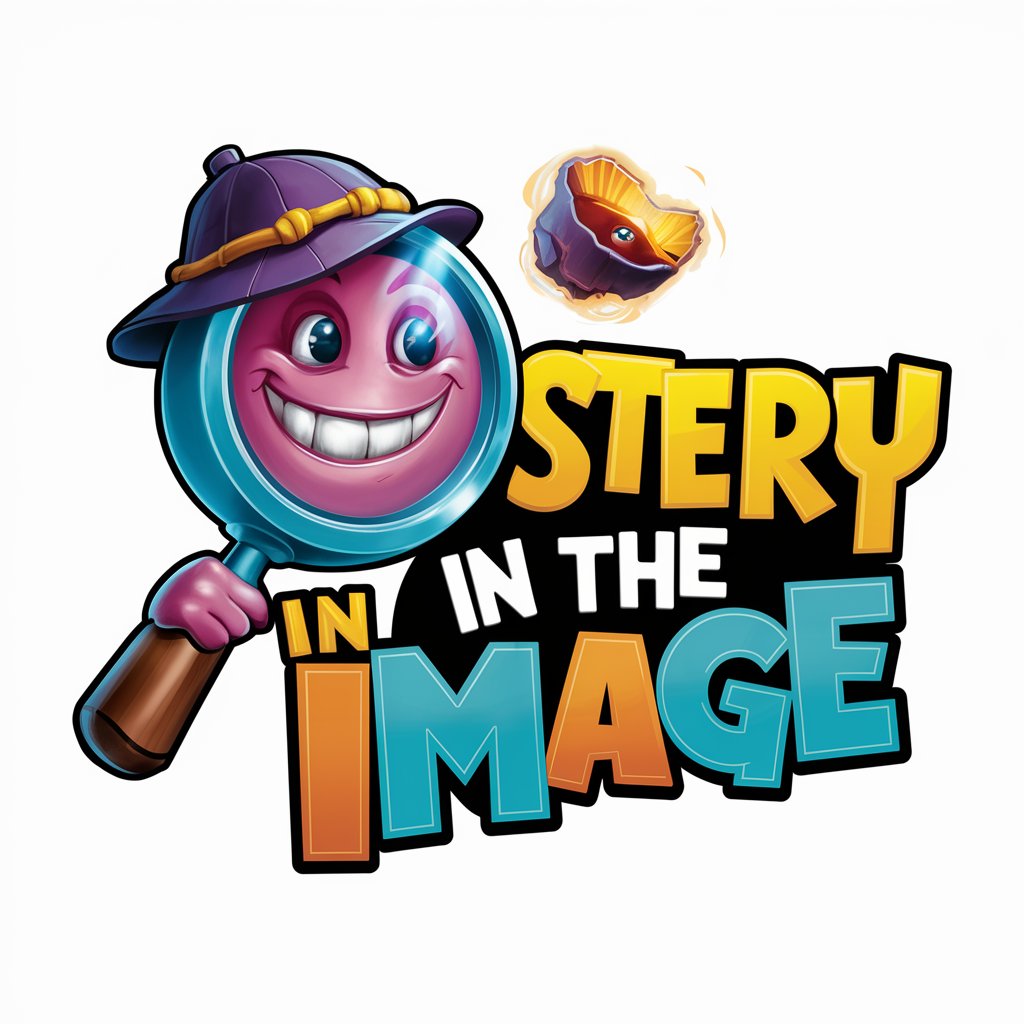
I Spy With My Little Eye
Discover, Guess, and Enjoy AI-Powered Visual Exploration
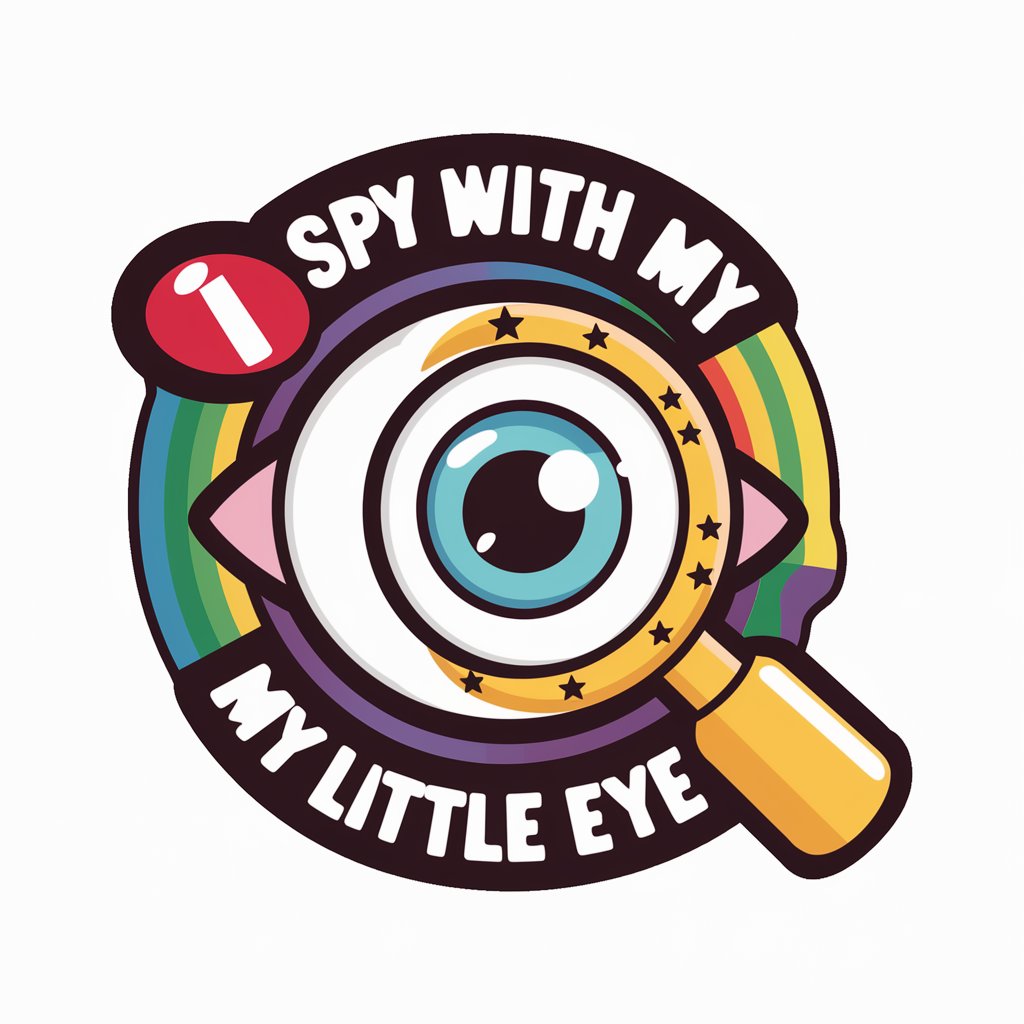
I Spy With My Little Eye
Spot the hidden, power your sight.
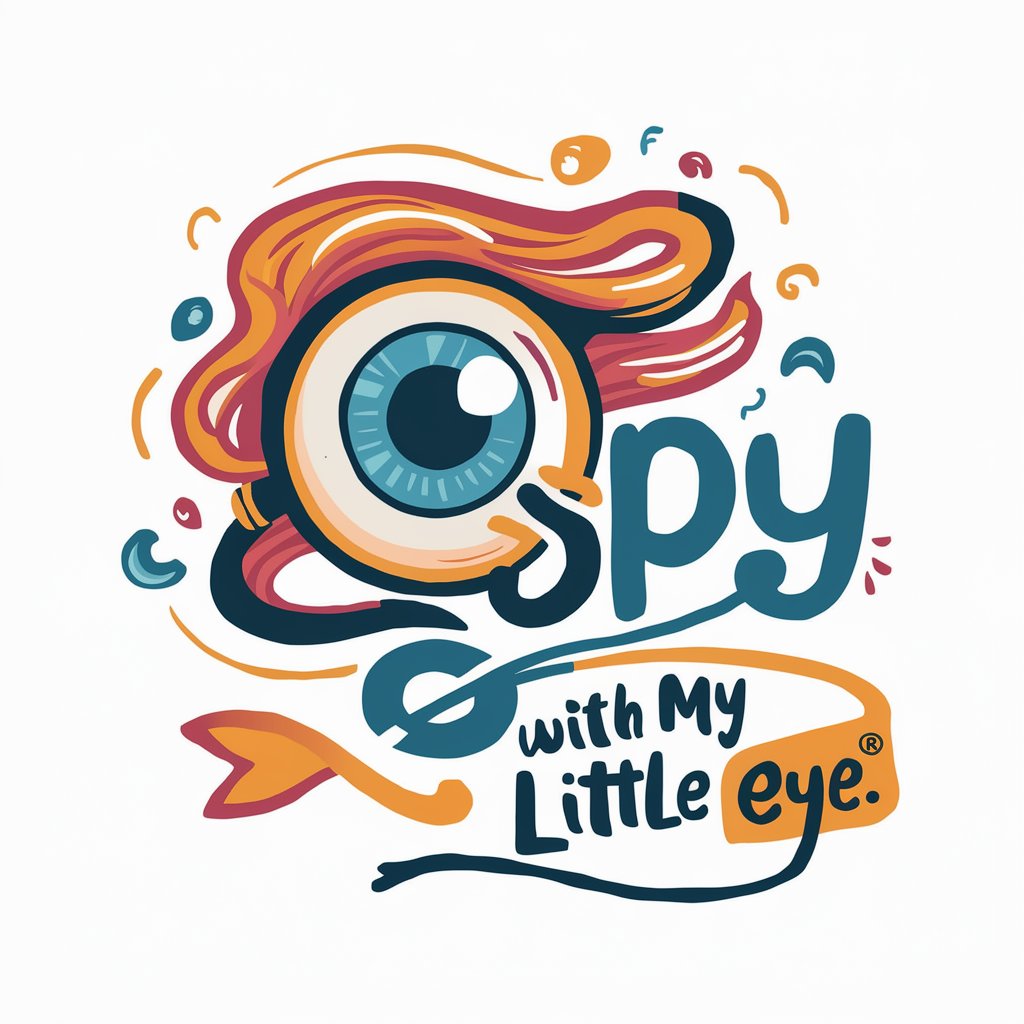
Spot The Difference
Sharpen your focus, find the differences.
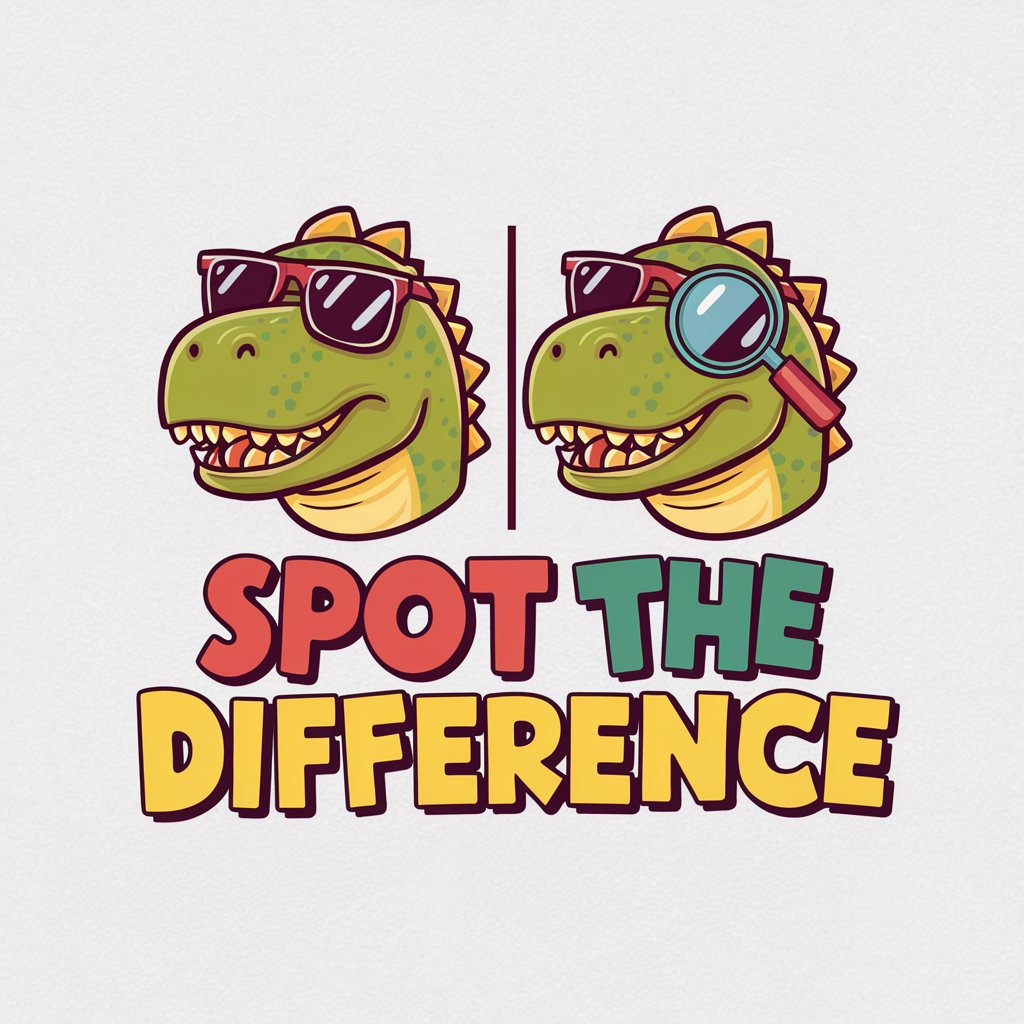
DestiNation
Discover the world, one room at a time.
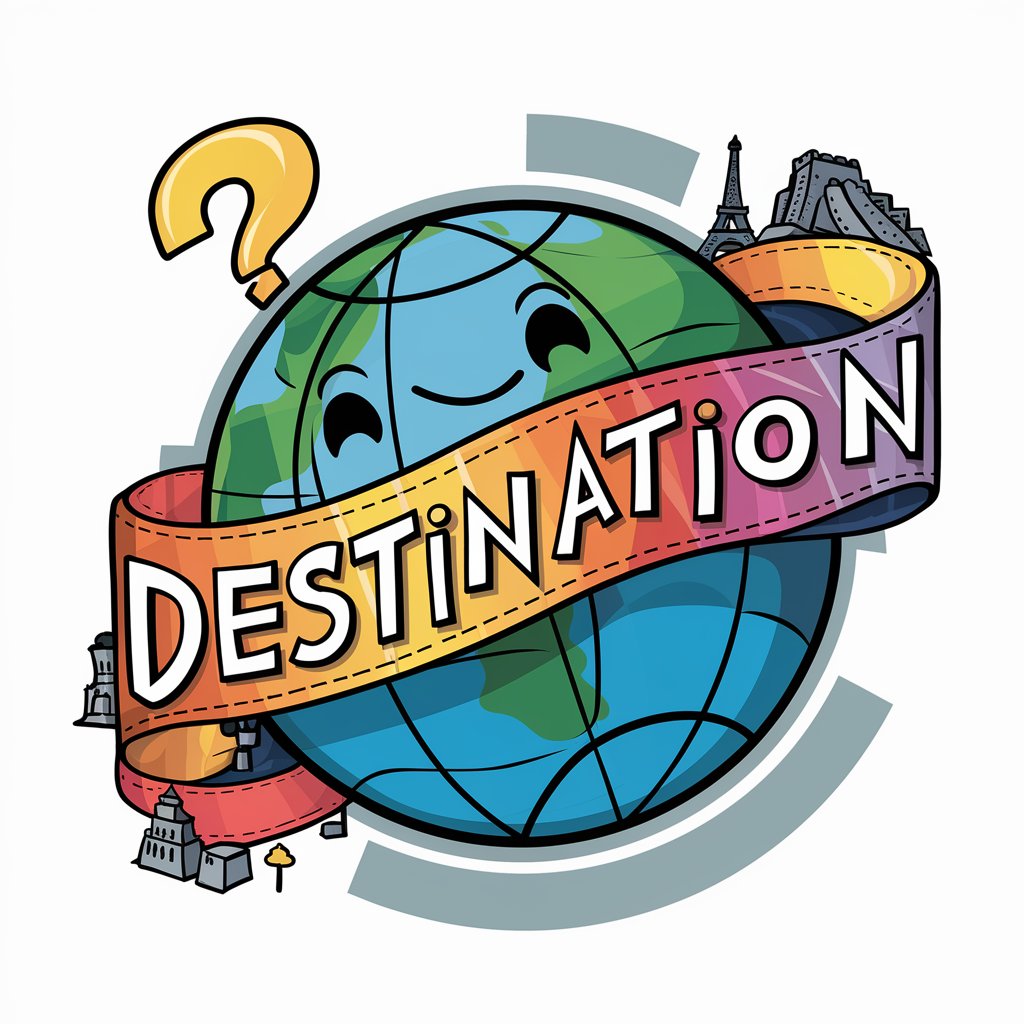
Find Santa
Spot Santa with AI-powered fun

iSpy Generator Game
Discover, Play, and Learn with AI
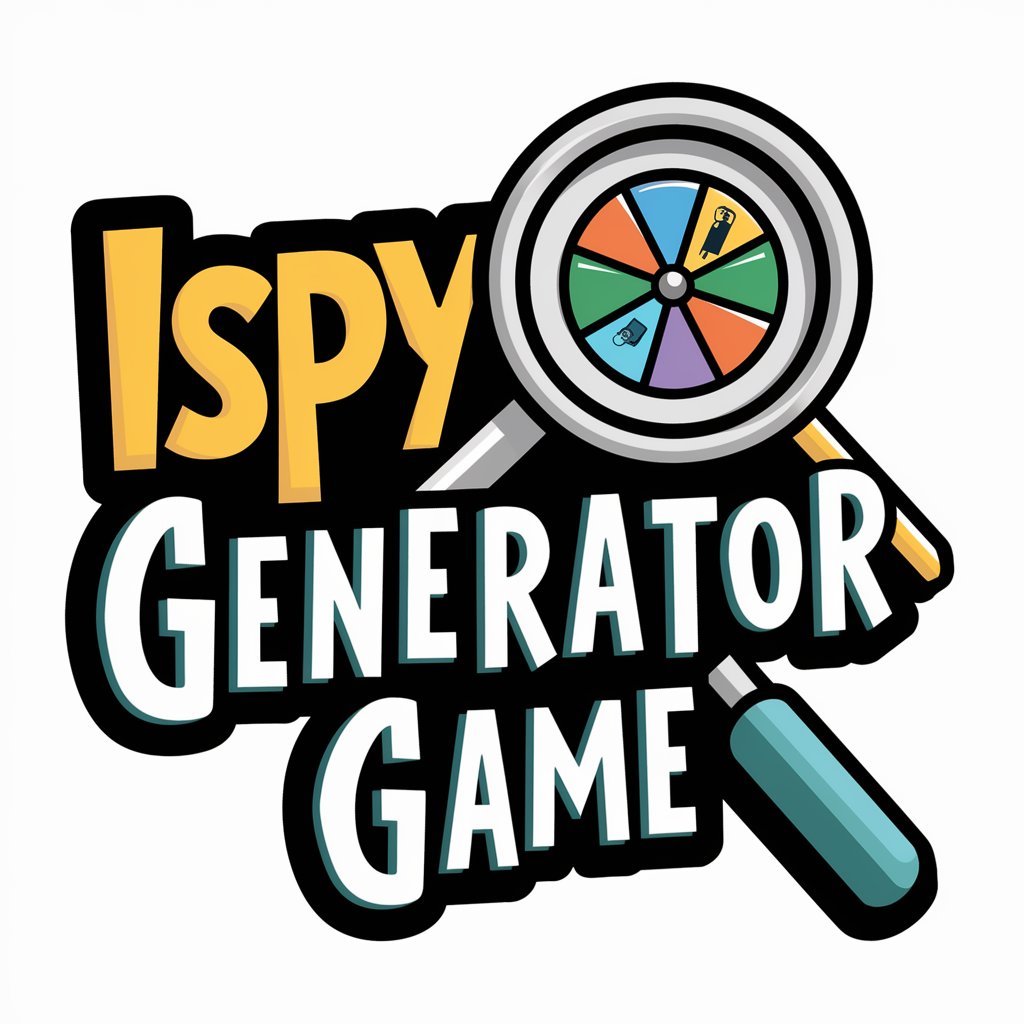
What's Wrong With This Picture
Spot the Difference with AI
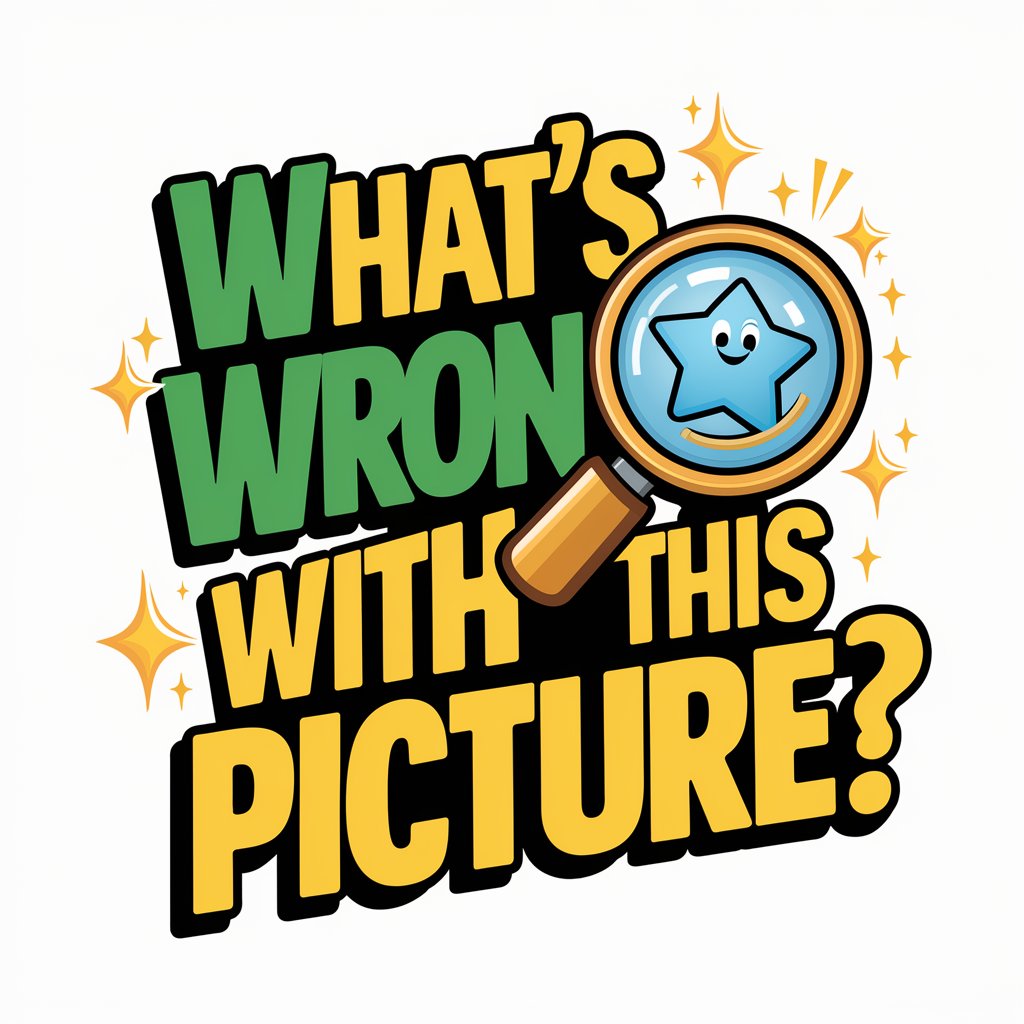
Distinctive Characteristics and Capabilities
AI GPTs for Visual Puzzle boast a range of unique features including advanced image recognition, the ability to generate complex visual puzzles, adaptability to varying difficulty levels, and interactive problem-solving guides. Special features may also encompass natural language interaction for hints and explanations, support for creating custom puzzles, integration with educational content, and analytics for tracking progress and performance. These capabilities enable the tools to cater from simple entertainment to educational applications, providing a versatile platform for users and creators alike.
Who Benefits from Visual Puzzle GPTs
The primary beneficiaries of AI GPTs for Visual Puzzle include puzzle enthusiasts, educators, game developers, and researchers. These tools are accessible to novices seeking entertainment or learning aids, as well as professionals looking for sophisticated puzzle generation and analysis tools. With intuitive interfaces, these AI tools are user-friendly for those without programming knowledge, while also offering APIs and customization options for developers and technologists.
Try Our other AI GPTs tools for Free
Memory Organization
Discover how AI GPTs for Memory Organization can transform your data management, offering customizable and intuitive tools for information analysis, retrieval, and visualization.
Stock Comparison
Explore AI-powered tools for stock comparison, designed to offer dynamic, data-driven insights for informed investment decisions. Tailored for both novices and professionals.
Earnings Forecast
Discover how AI GPTs for Earnings Forecast transform financial predictions with advanced AI, offering accurate, adaptable, and accessible forecasting tools.
Chatbots
Explore AI GPT tools for Chatbots: Transform your customer engagement with advanced, conversational AI. Tailor-made for chatbot development, these tools offer seamless conversations, integration, and customization.
Booking Assistance
Discover how AI GPTs for Booking Assistance can transform your booking processes with advanced, customizable, and efficient solutions tailored to your needs.
Group Travel
Explore AI GPTs for Group Travel, the cutting-edge tools transforming travel planning with tailored, data-driven solutions for every group's needs. Simplify your travel today.
Further Exploration of Customized Solutions
AI GPTs for Visual Puzzle demonstrate versatility across various sectors, from education to entertainment. Their user-friendly interfaces facilitate easy integration into existing systems, encouraging innovative applications and workflows. These tools not only foster creativity and problem-solving skills but also offer significant potential for personalized learning experiences and interactive content creation.
Frequently Asked Questions
What exactly are AI GPTs for Visual Puzzle?
AI GPTs for Visual Puzzle are advanced AI systems designed to understand, create, and interact with visual puzzles, using deep learning and natural language processing to offer dynamic solutions.
Can these tools generate puzzles on their own?
Yes, these tools can autonomously generate a wide variety of visual puzzles, tailored to specified difficulty levels or themes.
Are there educational applications for these GPTs?
Absolutely, these tools can be integrated into educational platforms to enhance learning experiences, offering interactive and adaptive puzzle-solving activities.
Do I need programming skills to use these tools?
No, these tools are designed with user-friendly interfaces that do not require programming skills for basic use, though programming can enhance customization.
How can developers customize these GPT tools for specific needs?
Developers can use APIs provided by the tools for deeper integration and customization, tailoring the puzzles and interactions to specific applications or user groups.
What types of visual puzzles can these tools handle?
These tools can handle a broad range of visual puzzles, including pattern recognition, sequence solving, image-based riddles, and more complex problem-solving tasks.
Is it possible to track progress and performance with these tools?
Yes, many of these tools include analytics features that allow users and educators to track progress, performance, and learning outcomes.
Can these tools be integrated into existing digital platforms?
Yes, through APIs and customizable interfaces, these tools can be integrated into existing educational platforms, games, or websites to enhance interactive content.